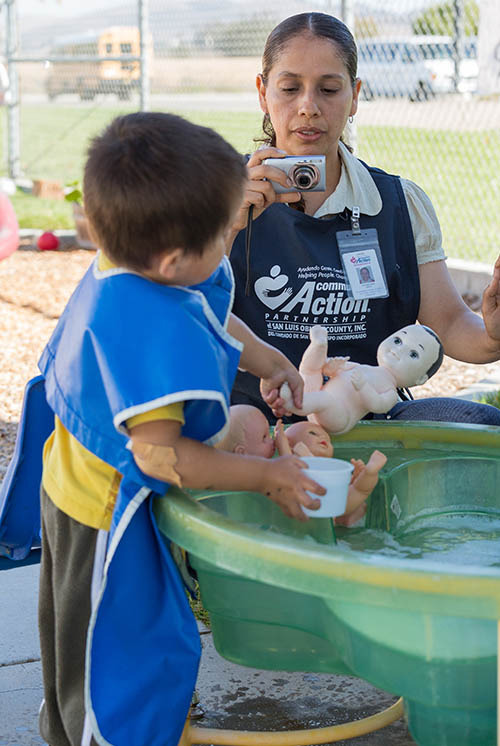Cameras and media recorders, including smartphones and tablets, offer quick, efficient ways to document what children say and do. For EHS and MSHS programs that choose to use these devices, consider the following:
- Costs for:
- Buying the cameras and recorders, equipment, and software to download, store, play, and print files
- Film development if not using a digital camera
- Upkeep (e.g., batteries, repair)
- Buy-in and signed, written permission from families to photograph or record their child for observation purposes
Encourage staff to keep audio and video clips short. The longer the clip, the larger the file; large files take up a lot of storage space. Long audio and video clips also take more time to review and analyze later. When saving the recordings, include relevant information to identify the recording (e.g., date and time, setting, names of children and adults, routine or play experience during which the recording was made). This information will be important when staff reflect on what their observations tell them about each child and use that information to individualize care and the curriculum. Photographs, video clips, and audio clips are also excellent, concrete tools for conveying to families what children know and can do.
Read more:
Resource Type: Article
National Centers: Early Childhood Development, Teaching and Learning
Last Updated: December 3, 2019
